Composting in your garden
When making your own compost it can be quite difficult to know what materials to add to your bin/pile, what needs to be avoided and the perfect ratio of carbon-rich materials (browns, e.g. dried leaves, straw and wood chips) and nitrogen-rich materials (greens, e.g. grass clippings and kitchen food). We’ve compiled together a guide on common compost materials to use to make your compost a success.
Green’s (Nitrogen)
Grass Clippings –
Grass clippings are great common compost materials to add to any compost as they contain as much nitrogen as manure, so it will decompose quickly. Although, if not mixed with the correct amount of browns it can quickly decay into a slimy mess as some call it. This occurs because it contains high percentages of water and turns anaerobic when there is no oxygen present. Be sure to avoid any grass clippings that have been treated with any fertiliser that contain pesticides or herbicides.
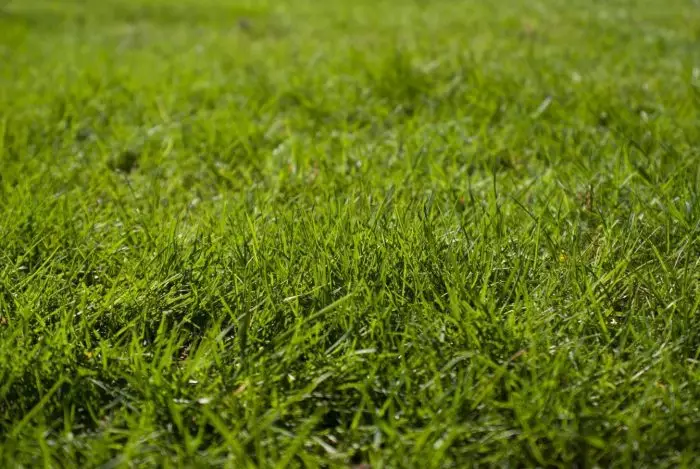
Kitchen Food –
There are masses of options from your kitchen to choose from when it comes to adding materials to your compost. With such a wide range, it’s important that you collect the correct ratio of green’s and brown’s from your left over meals/out-of-date foods. Green’s from the kitchen include coffee beans, banana skins, apple cores, tea bags, leeks, cucumber, salad and most other vegetables and fruits you can think of. When collecting items to add to the piles every couple of days, wrap the left overs up in a bag and this will help deter fly’s and insects from getting in.
Adding banana skins to a compost will help add calcium, magnesium, sulfur, phosphate, potassium and sodium which helps add healthy organic material to it.
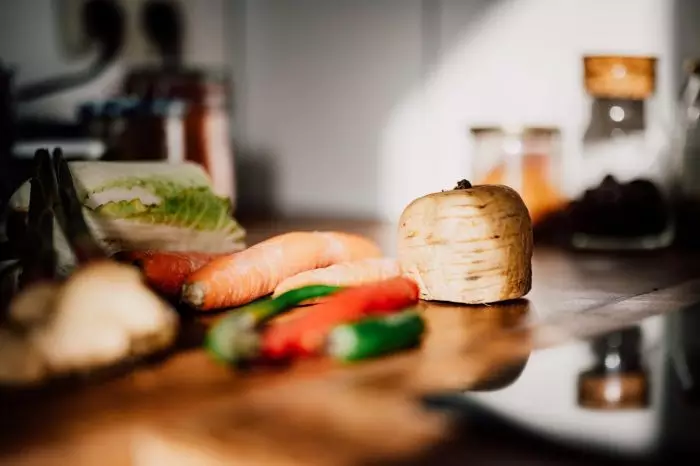
Manure –
Manure is one of the most effective materials to add to a compost. With very high levels of nitrogen and beneficial microbes that help the compost break down even quicker. We recommend adding manure from any type of animals that are herbivores as manure from carnivores contains dangerous pathogens. Make sure when adding manure to a compost to balance it out with carbon sources, so the manure doesn’t overheat and kill off any friendly bacteria.
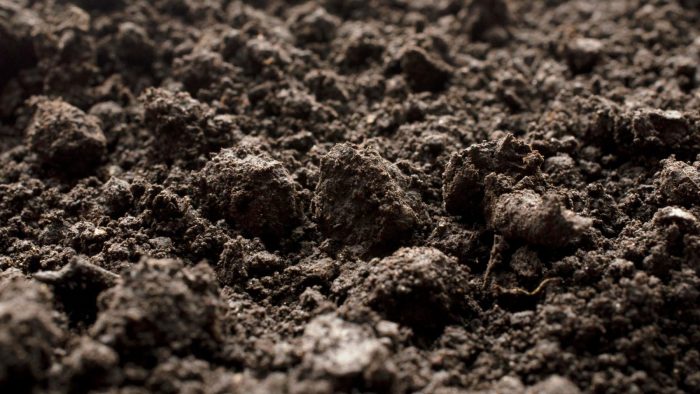
Other Green Compost Materials:
- Herbs and Spices
- Milk
- Cooked Pasta/Rice
- Seaweed
- Energy Bars
- Pits of fruits e.g. Mango, Peach, Plums etc.
- Ice Cream
- Old Wine
- Newspaper
Brown’s (Carbon)
Hay/Straw –
Both very high carbon sources and makes for a good addition if the area has few leaves available. Straw contains less nitrogen than hay but contributes to more the double the levels of carbon. The tubes in straw allow the pile breathing room to help with decomposition.
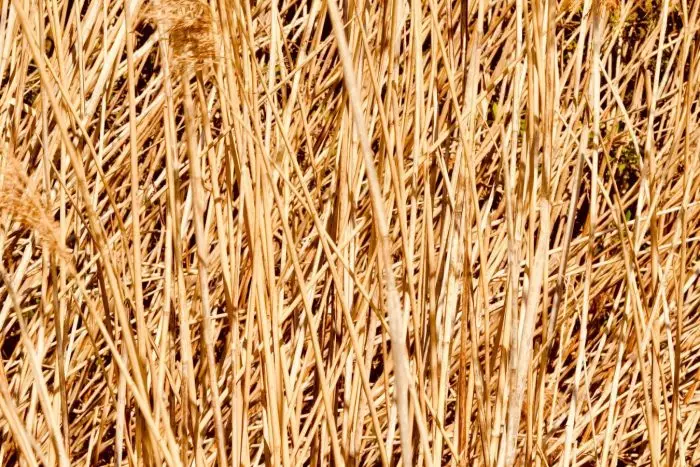
Paper/Cardboard –
All types of paper including tissue, newspaper, cardboard, letters etc. can be used in a compost. Cardboard and paper should be finely shredded at first and dispersed evenly over the compost with a good amount of Nitrogen additions to the compost. Avoid paper that is glossy or laminated and wet the cardboard before composting to help speed up decomposition.
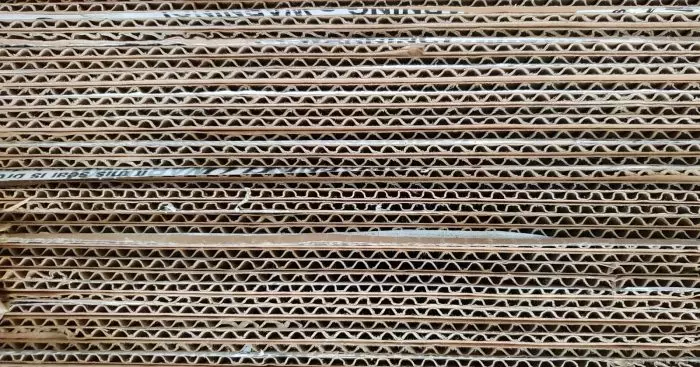
Eggshells –
Adding eggshells to a compost will help add calcium to it. This calcium helps build a barrier that helps other vegetables in a compost fight off blossom end rot. Before adding to a compost, break the shells down into little pieces as this will helps speed up the compost. Furthermore, washing them thoroughly before will deter animals away and reduce the risk of disease from raw eggs.
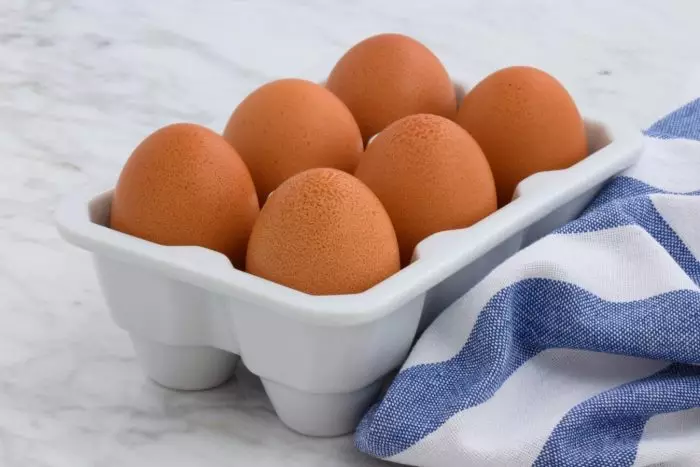
Sawdust –
Not a commonly known material for a compost, but sawdust is a very effective product for the compost pile. It acts as an absorbent from rain water and juices from green materials, which helps the composting process speed up. Most sawdust types can be used, but be wary of chemically treated wood as the chemicals can hinder the composting process.
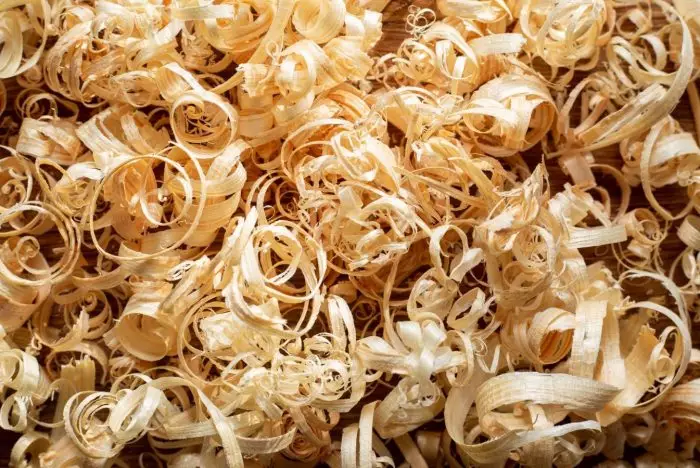
Other Brown Compost Materials:
- Stale Bread
- Cereal
- Nut Shells
- Wine Corks
- Hair
- Old Wool Clothing
- Dog/Cat Food
Materials to Avoid
Coloured Paper –
Specifically glossy coloured paper as it contains heavy metals and other toxic materials. Coloured newsprint is fine.
Diseased Plants –
Only successful composting systems and ideal conditions (heat) can destroy diseased plants. If the disease organisms are not destroyed they can be spread later when the compost is applied.
Meat, Bones, Fish, Fats, Dairy –
These products can overheat your compost pile, make it smell and attract animals and insects. They are best left to large-scale anaerobic composts.
Pet Droppings –
Contain several disease organisms and can make compost toxic to handle.
Synthetic Chemicals –
Many lawn and garden chemicals (herbicides/pesticides) will not decompose during the composting process and will remain in the finished compost.
If you want any extra help to speed up the composting process, try Compost Accelerator.

 Call us on 01246 240880
Call us on 01246 240880 Sign-up and receive 10% off
Sign-up and receive 10% off